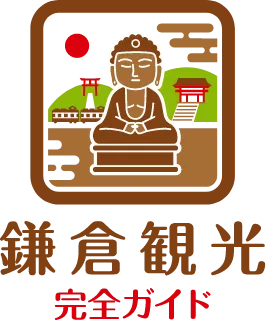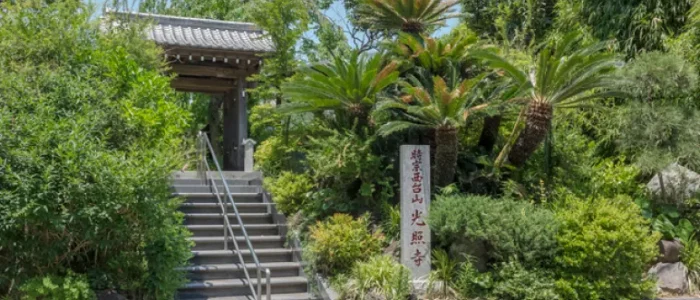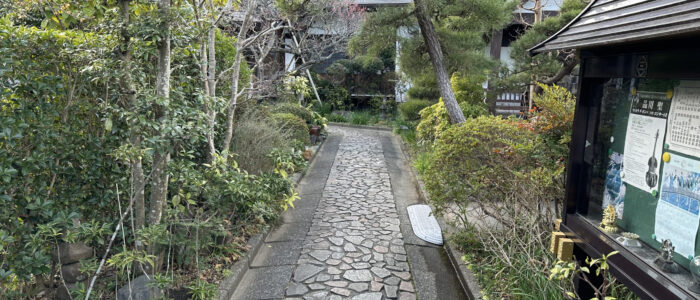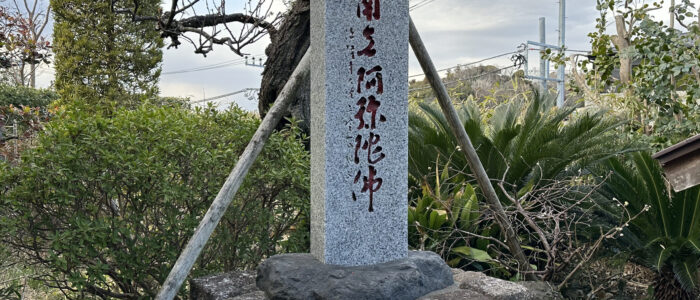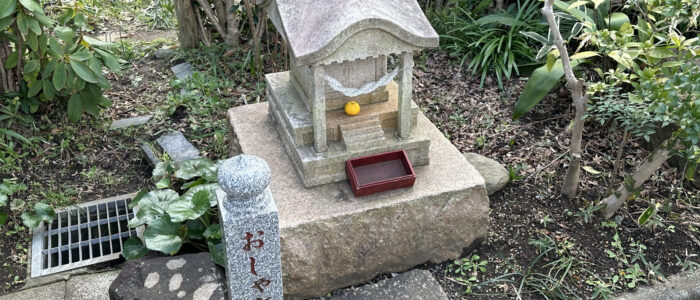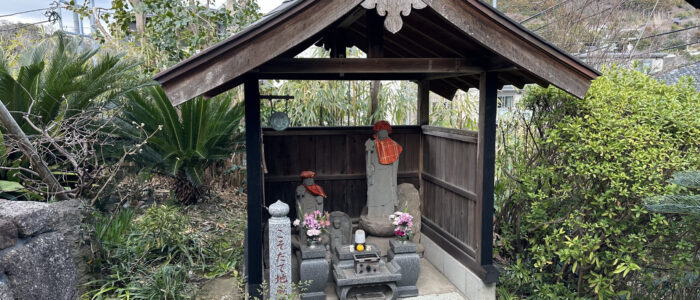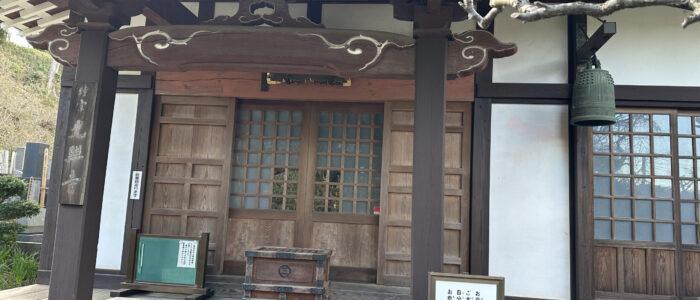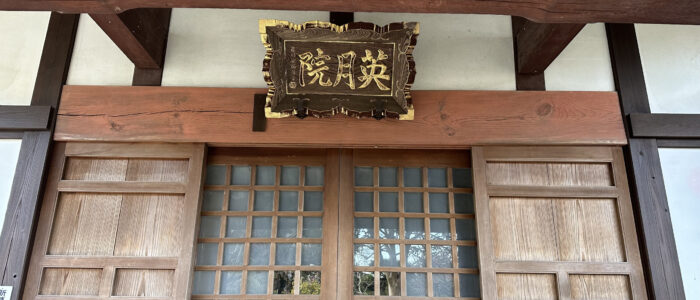Kosho-ji Temple (光照寺)
Discover Kosho-ji Temple (光照寺)
Kosho-ji Temple is believed to have been founded in the late 13th century during the Kamakura period. It is closely associated with Ippen, the founder of the Ji-shu (Time Sect), who preached a radical message for his time: that all people, regardless of faith or background, could be saved by Amida Buddha. This inclusive approach redefined Japanese Buddhism and laid the foundation for Ji-shu’s philosophy.
A famous episode in the temple’s history recounts how Ippen was denied entry into Kamakura by the order of Hojo Tokimune (北条時宗), the regent of the time, forcing him to camp overnight at the site where the temple now stands. This incident, known as a “hōnan” (religious persecution), reveals the challenges of accepting religious diversity in that era and symbolizes the gradual movement toward tolerance.
Highlights: Flowers, Symbolic Gate, and Cultural Relics
Despite its modest scale, Kosho-ji Temple holds a quiet atmosphere filled with historical and spiritual significance. The temple is also known as the “Temple of Rhododendrons,” thanks to the many rhododendrons blooming in spring. Snow willows and forsythias also add vibrant color to the landscape.
Inside the main hall, two candlesticks believed to have been used by hidden Christians (Kakure Kirishitan) during the Edo period are preserved—offering rare evidence of religious pluralism. At the gate, visitors will see the replica of the Nakagawa Cross Crest (中川クルス紋), originally brought from the now-defunct Tokei-in Temple (東渓院). While not explicitly Christian in intent, the design has come to symbolize the tolerance once shown to persecuted faiths. The original crest is kept safely inside the main hall.
Cultural Significance and Local Faith
On the temple’s left side stands a small shrine to “Oshabuki-sama,” believed to cure coughs. Nearby is the “Child-Rearing Jizo,” where families pray for children’s health and well-being. These intimate sites reflect grassroots expressions of Japanese religious culture.
Kosho-ji Temple is not only a spiritual home for Ji-shu followers but also a place known for embracing those of other faiths, including hidden Christians. Its message of understanding and coexistence is timeless.
How to Visit and Opening Hours
Kosho-ji Temple is just a 5-minute walk from Kita-Kamakura Station, making it easily accessible. It’s open daily from 9:00 a.m. to 5:00 p.m. There’s no fixed admission fee—visitors can make a donation as a gesture of gratitude, following a uniquely Japanese custom.
When to Visit for a Quiet Experience
Early mornings or off-peak hours allow you to fully appreciate the temple’s calm and contemplative atmosphere. Spring is especially beautiful, with rhododendrons and snow willows in bloom.
If you’re staying at a smart, unmanned hotel like Tosh’s Place (トシズプレイス), which includes a kitchen, you can easily incorporate a visit during your free time in the morning or between other plans. It offers a quiet luxury beyond typical day trips.
Nearby Temples to Explore
Kosho-ji is located within walking distance of temples like Jochi-ji Temple (浄智寺), Kaizo-ji Temple (海蔵寺), and Jufuku-ji Temple (寿福寺). These historic temples provide a serene alternative to more crowded tourist spots, perfect for a reflective walking route. Visit early in the morning or late afternoon to enjoy them at their most peaceful.
Who Should Visit Kosho-ji Temple?
- Travelers interested in religious history or the story of Ippen
- Those looking for a quiet, reflective break from sightseeing
- Long-term travelers or repeat visitors seeking hidden gems
- Anyone who appreciates spiritual diversity and cultural heritage
Wrap-Up: Why Kosho-ji Temple Is Worth a Visit from Tosh’s Place
Kosho-ji Temple stands as a rare symbol of religious tolerance and spiritual resilience, with roots in both Ippen’s teachings and the secret lives of hidden Christians. Its modest grounds are rich in seasonal beauty, local devotion, and historic depth.
By staying at Tosh’s Place (トシズプレイス), you gain the flexibility to explore such spaces at your own pace—especially in the quiet morning hours. Add Kosho-ji to your Kamakura itinerary for a meaningful cultural encounter far from the crowds.
